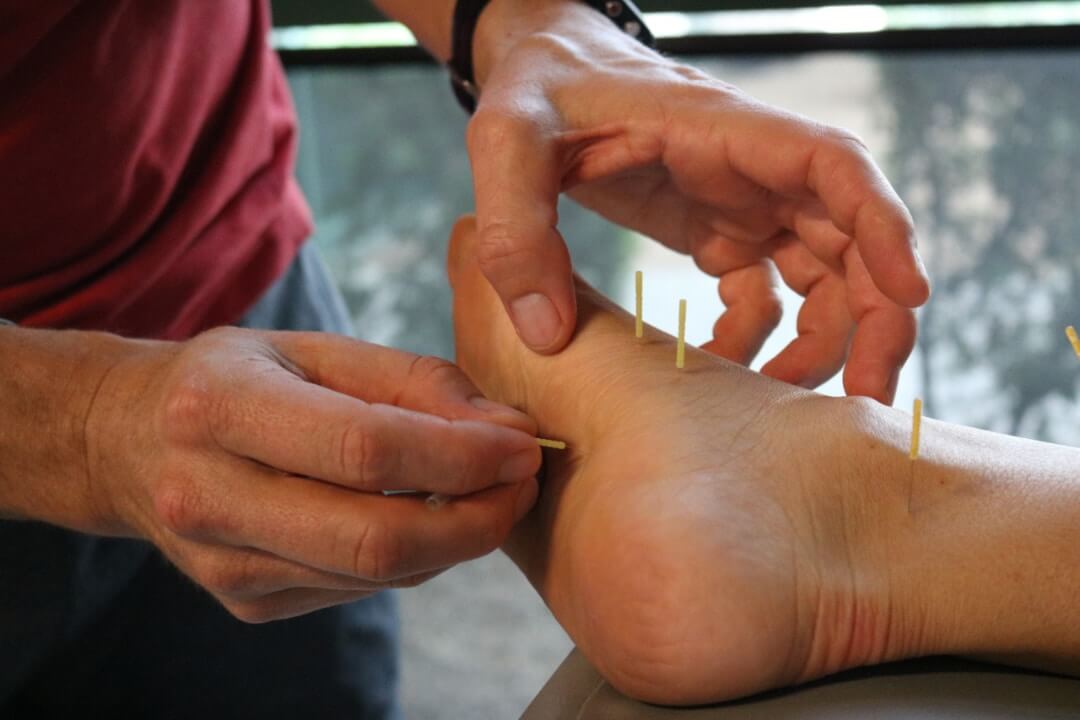Symptoms of shoulder instability typically include a sensation of the shoulder slipping out of place or feeling loose, recurrent shoulder dislocations or subluxations, and chronic shoulder pain. Individuals may also experience weakness in the shoulder, a limited range of motion, and a feeling of apprehension or fear that the shoulder will dislocate during certain movements.
Health Blog

3 Signs That You May Be Experiencing Carpal Tunnel Syndrome
June 7th, 20241. Numbness or Tingling: Carpal tunnel syndrome causes numbness or tingling primarily due to the compression of the median nerve as it passes through the carpal tunnel in the wrist. This narrow, rigid passageway is formed by bones and ligaments, and when the tissues surrounding the flexor tendons within the tunnel swell, they can put

Having Trouble Navigating Stairs? Physical Therapy Can Help
May 28th, 2024Biomechanical factors can significantly impede a person’s ability to navigate stairs. Musculoskeletal issues such as joint stiffness, reduced range of motion, or muscle weakness can make it difficult to lift the legs and generate sufficient force to climb stairs. Balance deficits, whether due to vestibular dysfunction or proprioceptive impairment, increase the risk of falls during

Regaining Independence After A Rotator Cuff Repair
May 23rd, 2024Full-thickness rotator cuff tears, where the tear extends through the entire thickness of the tendon, often necessitate surgical intervention due to the severity and the significant impact on shoulder function. These tears typically result in considerable pain, weakness, and limited range of motion, impairing daily activities and overall quality of life. Non-surgical treatments, such as

Pain In The Front Of Your Hip? Physical Therapy Can Provide Relief
May 16th, 2024Anterior hip pain refers to discomfort felt at the front of the hip joint. This type of pain can be caused by various factors, including muscle strains, tendinitis, bursitis, or even structural issues within the hip joint itself, such as labral tears or arthritis. It’s a common complaint among individuals of all ages, particularly athletes

Proprioceptive Training: The Key to a Successful Return to Sport After Injury
April 26th, 2024Returning to sport after an injury requires more than just healing the injured tissues; it demands a comprehensive approach to rehabilitation. Proprioceptive training emerges as a vital component in this process, playing a pivotal role in restoring balance, coordination, and confidence. This article will explore the significance of proprioceptive training and its crucial role in

Recovering from Biceps Strain: Managing Upper Arm Pain
April 18th, 2024Biceps strain, though often associated with athletes, can affect anyone and significantly impact daily activities. In this blog post, we delve into the nature of biceps strain, its causes, symptoms, and how physical therapy plays a crucial role in the recovery process. The biceps muscle, located at the front of the upper arm, is susceptible

Understanding Leg Pain & Recovery Through Physical Therapy
April 11th, 2024Pain in one or both legs can be caused by a variety of factors. This blog post will review some of these common causes and discuss the role of physical therapy in resolving these symptoms. Leg pain can be caused by nerve root impingement in the lower back, a condition where the spinal nerve roots

Shoulder Pain & Biceps Dysfunction
April 2nd, 2024Bicipital tendinitis, also known as biceps tendinitis, is a common condition characterized by inflammation of the long head of the biceps tendon, which attaches the biceps muscle to the shoulder. It typically arises from overuse, repetitive motions, or sudden injury, leading to pain and discomfort in the front of the shoulder and upper arm. Individuals



